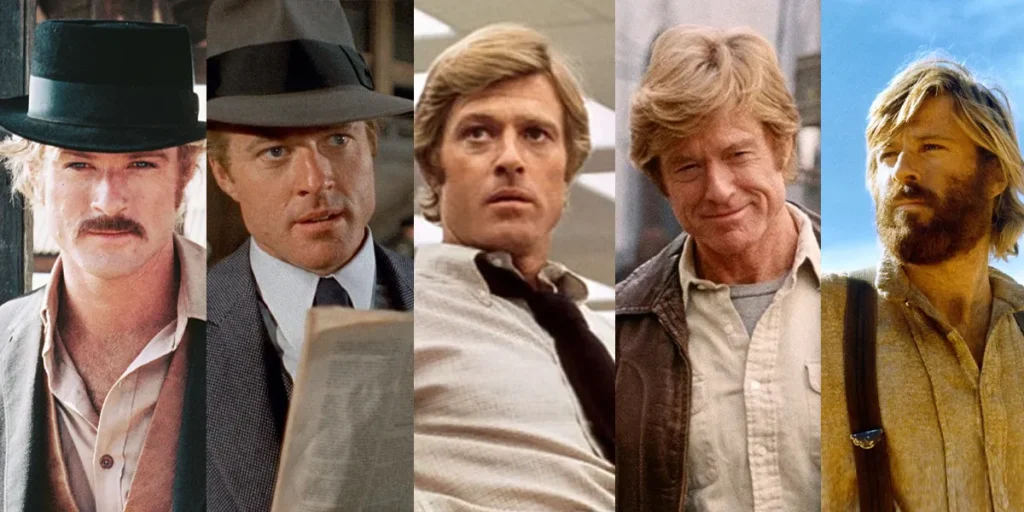Robert Redford was one of cinema’s greatest actors, crafting a multitude of essential performances throughout his career.
Robert Redford, who has died at the age of 89, was the poster child of his generation of actors. With his good looks, sandy hair, and calm, collected demeanour, Redford was once described by director Sydney Pollack—who made seven films with him— as “an interesting metaphor for America, a golden boy with a darkness in him”. This quote couldn’t be more accurate in describing the roles that Redford chose throughout his career, utilising his all-American good looks and effortless charm to lure the audience into rooting for a character who has an edge about him hidden beneath the surface.
Not content with being only a gifted actor, Redford also became an Oscar-winning director for the enthralling drama Ordinary People and the founder of the iconic Sundance Film Festival, which revitalised independent cinema and created a legacy that will endure for decades. This list ranks the 10 most essential Robert Redford performances throughout his remarkable 50-year career, in order of release.
1. Butch Cassidy and the Sundance Kid (1969)
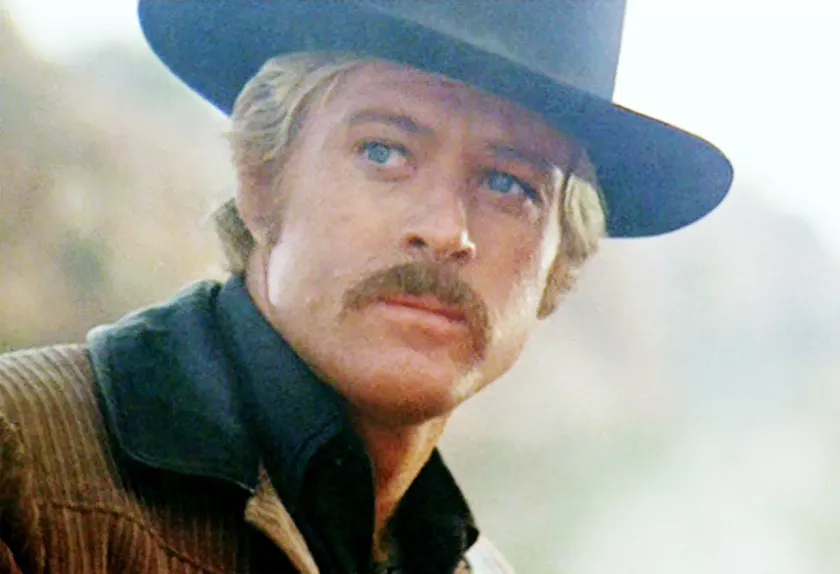
Redford’s breakout hit, Butch Cassidy and the Sundance Kid, remains one of the most broadly enjoyable westerns ever made. The highest-grossing film of 1969, and still the record-holder for most BAFTA wins in a single night (nine from ten nominations), this mega-hit elevated Redford from sleeping in hotel corridors to becoming a global movie star.
Butch (Paul Newman) and Sundance (Robert Redford) lead the Hole-in-the-Wall Gang, with Butch as the brains and Sundance as the brawn. When their gang robs one too many trains, a relentless posse pursues them across every town. With time running out, Butch and Sundance must figure out who these people are and how they can either talk their way out or shoot their way out.
What makes this such a sure-fire hit is certainly the banter Newman and Redford have with each other. They come across as characters who have known each other for a long time and possess the ‘gift of the gab’ to get themselves out of any sticky situation.
2. The Hot Rock (1972)
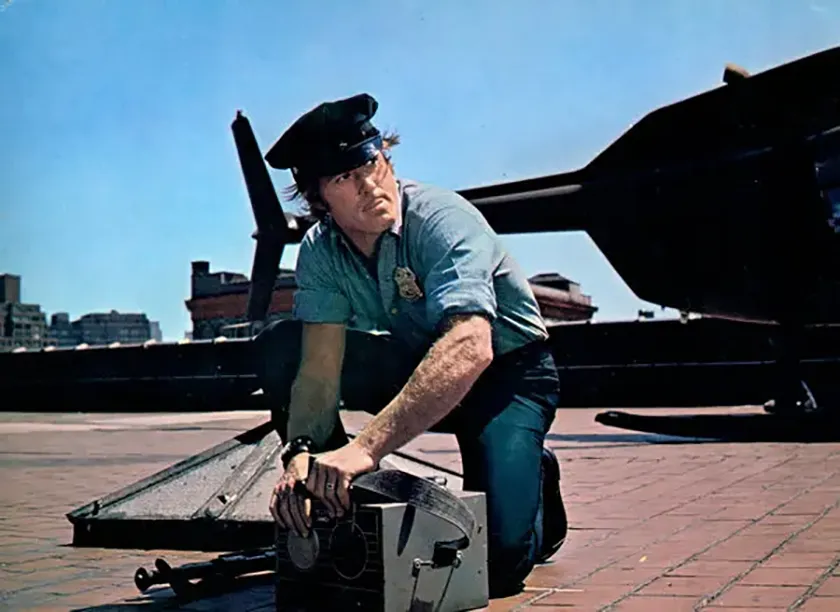
One of the finest heist films of the twentieth century, The Hot Rock ups the ante with not one but four attempts to steal the same diamond. Redford leads a band of hapless thieves who bungle heist after heist, yet he maintains an aura of calm and control amid the chaos. His grounded presence ensures the audience stays invested in the comic mishaps. Featuring a knockout score from Quincy Jones, the film pulls from European influences to create a crime caper that makes you laugh and squirm in equal measure.
3. Jeremiah Johnson (1972)
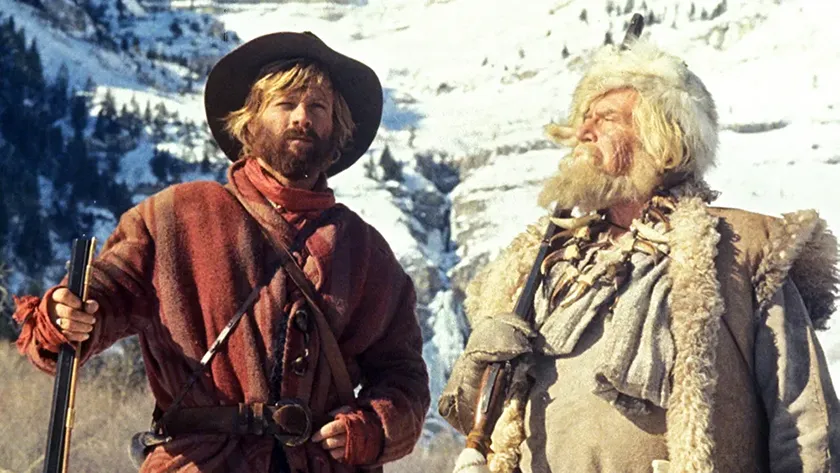
The second of seven collaborations between Redford and Sydney Pollack, Jeremiah Johnson stands as one of the few films in the fascinating “snow western” sub-genre. In the mid-nineteenth century, an ex-soldier retreats into the Colorado wilderness seeking solitude. With the guidance of locals, he learns to survive off the land and coexist with Native Americans.
One of the wonderful aspects of a snow western is how it swaps out the typical drab and sandy environment and replaces it with breathtaking, bright-white landscapes that contrast with the more traditional cowboy clothing. It also adds bucket loads more tension through the effort for the character to survive in these harsh environments, which is what Jeremiah Johnson excels at. Watching Redford build himself a house with his bare hands, with that gorgeous bushy beard of his, is the peak of 20th-century masculinity.
4. The Way We Were (1973)
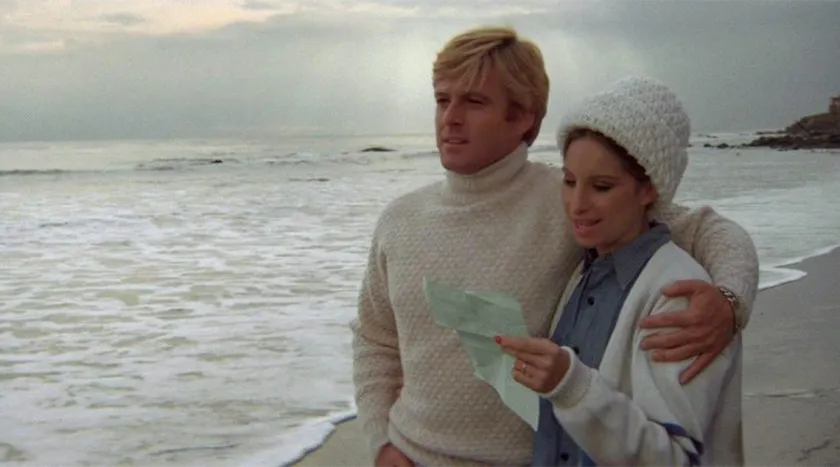
The Way We Were is a poignant love story about two soulmates torn apart by their differing beliefs and ambitions. Acting opposite Barbra Streisand at her most commanding, Redford plays Hubbell, a carefree college athlete with no political leanings, while Streisand’s Katie is a passionate Marxist determined to fight for justice.
The role draws on Redford’s best qualities as an actor: reactive, restrained, and generous with his co-star. The film features several argument scenes, and almost every time, you know Katie is right and Hubbell is wrong, thanks to Redford allowing Streisand to take centre stage and deliver a powerful performance.
During the final scene, a teary mist glosses over his eyes, and you see that restraint slowly fade away, elevating the performance and showing he was the only one who could embody a character like Hubbell with such believability. The film is accompanied by a gorgeous score and Streisand’s spellbinding rendition of the Oscar-winning title song.
5. The Sting (1973)
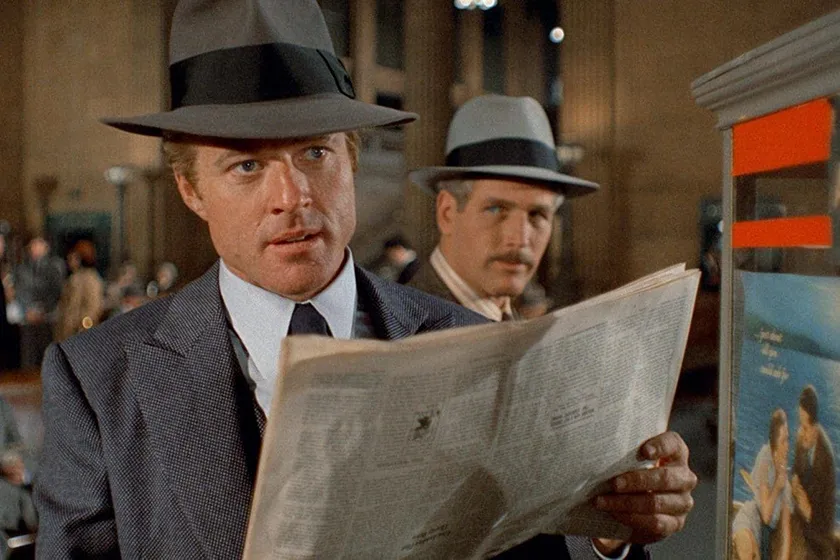
After the success of Butch Cassidy, George Roy Hill reunites with Newman and Redford for another period crime caper, to equally great effect. This Depression-era con artist tale thrives on the wry smiles and charm of its leads. Redford plays Johnny Hooker, a grifter plotting “the big con” with Newman’s Henry Gondorff against a ruthless crime boss. This film revels in making the audience feel like insiders, only to reveal by the end that you didn’t know the half of it. Winning Best Picture and six other Oscars, The Sting was one of Redford’s biggest career triumphs and most essential performances.
6. Three Days of the Condor (1975)
In the first of several CIA roles that became a hallmark of his career, Redford plays Joe Turner, a researcher whose colleagues are slaughtered while he’s out to lunch. Suddenly on the run and unsure whom to trust, Turner takes refuge in the apartment of Kathy (Faye Dunaway), and the two form a complicated bond.
Pre-1975, spy thrillers were typically set overseas, so having one based in the heart of New York captures the paranoia of the era, in the wake of the Watergate scandal. The plot expertly shows that even institutions like the CIA, which were previously perceived as infallible, could now be susceptible to corruption. The film also foreshadows the concept of Stockholm Syndrome before it was widely recognised, by having Kathy fall madly in love with the man who kidnaps her and treats her poorly throughout the movie.
7. All the President’s Men (1976)
As prescient now as it was in 1976, All the President’s Men explores journalistic integrity in the face of corruption and power. It achieves something deceptively difficult: making a phone call scene utterly thrilling. Bob Woodward (Redford) is assigned a story about a break-in at the Democratic National Committee headquarters, which, with help from Carl Bernstein (Dustin Hoffman), snowballs into one of the biggest corruption scandals in American history, ultimately leading to President Nixon’s resignation in disgrace.
The Watergate scandal was one of the defining events of twentieth-century America, and the film tells its story with such extraordinary clarity that no film has properly touched the subject since. Acting opposite Hoffman, Redford helped inspire a generation of investigative journalists, leaving the world better for it.
8. The Natural (1984)
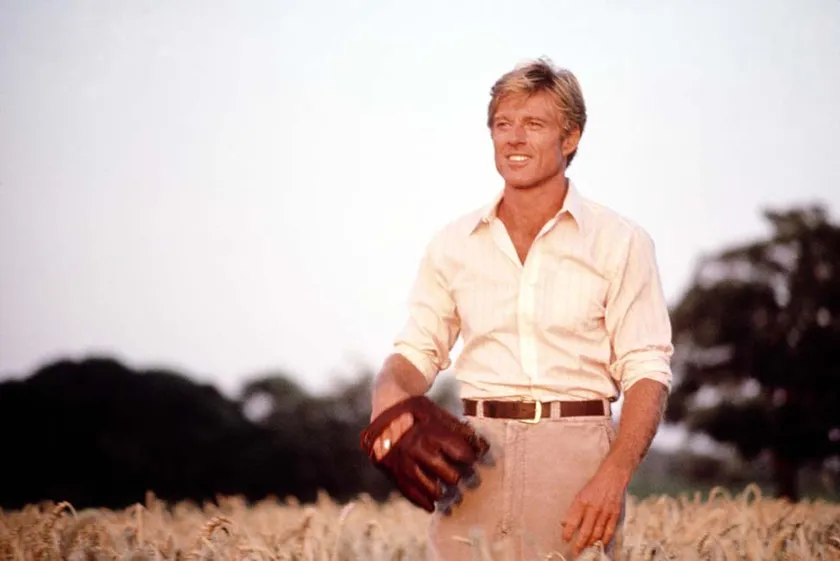
Even if you’ve never watched a minute of baseball, The Natural will make you feel romantic about the sport. Redford plays Roy Hobbs, a 35-year-old rookie who miraculously carries his team from last place to the top. The film portrays Hobbs as a mythic figure, much like Redford himself seemed in real life. Its stunning cinematography peaks with a legendary climax studied in film schools worldwide. Redford had once earned a baseball scholarship before leaving it behind for art and acting, an experience he channels here into a wholly believable performance.
9. Spy Game (2001)
Spy Game continued Redford’s trend of CIA roles, this time as a seasoned veteran guiding his protégé, played by Brad Pitt, through a high-stakes Cold War-era rescue mission. Few actors have modelled themselves after Redford as closely as Pitt, with his tousled blond hair, sharp role choices, and commanding presence. The film feels like a passing of the torch from Redford to Pitt at a moment when the elder statesman was slowing down his acting output while Pitt was ascending to superstardom.
10. All Is Lost (2013)
Redford’s most accomplished late-career film, All Is Lost gave him his most challenging role in decades: carrying a gripping lost-at-sea survival story almost entirely without dialogue. One unforgettable moment comes when he finally communicates with someone over the radio; his croaking voice feels so authentic, as though he genuinely hadn’t spoken for weeks. That realism elevates the film to greatness and secures it as one of Redford’s most essential performances.

